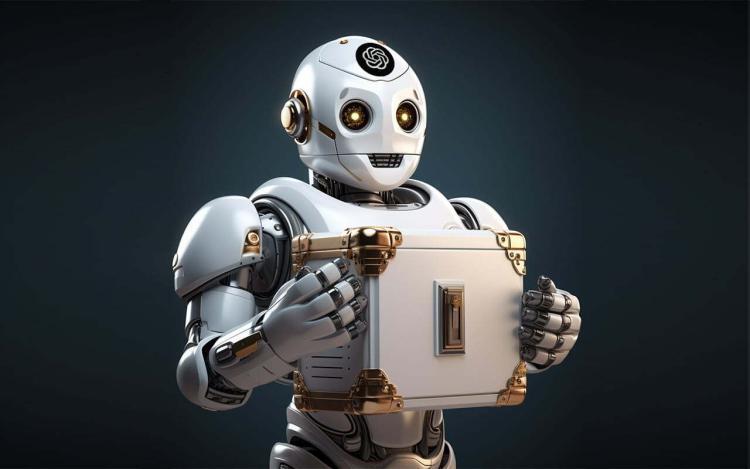ChatGPT’s New Control Memory
Artificial intelligence is becoming more and more present in our daily lives. Applications like ChatGPT focus on using this emerging technology to further improve the user experience. According to OpenAI’s announcement, ChatGPT now has a memory. With the new memory control, users will be able to ask the bot to remember certain information while chatting with it, or to retrieve details themselves. These details will play an important role in determining the format of ChatGPT’s responses. The company says that the more users use ChatGPT, the more the memory will improve.
ChatGPT’s memory is designed to remember what users want. This will make the interaction with users more personal and strengthen communication by giving the feeling that the AI bot knows users like a friend. Memory control works in two main ways. First, users can tell ChatGPT to remember a specific piece of information. Second, ChatGPT can store the information it gathers during interactions with the user and provide more personal and customized responses over time. The privacy and security of users’ data is also prioritized. OpenAI guarantees that users can check ChatGPT’s memory at any time and that sensitive information will not be remembered.

OpenAI and ChatGPT
You are in control of ChatGPT’s memory. You can explicitly ask it to remember a topic you asked about beforehand, ask it what it remembers and tell it to forget it during the conversation or via settings. To find out how useful it is, this feature is free and will be available to a small portion of Plus users. Wider access will be available soon.
OpenAI explains. “You’ve expressed a preference for summarized headings, bullet points and action items at the bottom of meeting notes. ChatGPT remembers this and summarizes meetings in this way. You told ChatGPT that you have a coffee shop in your neighborhood. When brainstorming a social post celebrating a new location, ChatGPT knows where to start. You mentioned that you have a toddler and he loves jellyfish. When you ask ChatGPT to help him create his birthday card, it suggests a jellyfish wearing a party hat. As a kindergarten teacher with 25 students, you prefer 50-minute lessons with follow-up activities. ChatGPT remembers this when it helps you create lesson plans. You are in control. You can turn off memory at any time (Settings > Personalization > Memory). When memory is off, you cannot create or use memory.”
Of course, it is not surprising that the “memory” issue, which is seen as perhaps the biggest shortcoming of ChatGPT, comes at a time when its competitors come out and offer this feature. But for whatever reason, OpenAI will add this feature to ChatGPT and ensure that it maintains its throne.















